For all SAP users, the newly found in-memory computing tool called SAP HANA is a promising technology that promisesto deliver a change in data analysis and processing.
Advanced technology, improved network and connectivity, and increasing regulatory requires indication that organizations are now dealing with a greater amount of data, usually varied than before.
As such, more users now consider big data, whilst they are also looking for options to utilize relevant information collected to improve business operations. Nonetheless, with increased data volume, organizations are also demanding different ways to process the massive amount of data in due time.
SAP HANA training enables users to develop interesting concepts. For SAP developers, an in-memory computing tool like SAP HANA has great prospects in delivering a cutting edge over data processing and data analysis. In addition, with the recent announcements from SAP, regarding the upcoming availability of Business Suite on SAP HANA, it is likely that in-memory technology might go mainstream for several organizations.
Data processing speed is one of the main benefits of the concept of in-memory computing. Organizations would no longer need access to information stored within the data warehouse. Rather, transactional data can be stored in the memory – which means, analytics can easily be carried out in real-time.
SAP HANA architecture also accelerates the routine reporting features and functions like the ability to run end-of-period reports within a few seconds, rather than pulling information right from the database with several run hour batches.

Speed Not The Primary Factor
With SAP HANA, speed isn’t always the primary factor. Even processing power may not be the greatest benefit for most organizations using this technology. However, the in-memory SAP HANA architecture promises to generate data views on the fly, which is definitely a major advantage. It not only reduce database footprints and storage needs, but can also potentially simplify the process of modeling and data usage.
There are many organizations that don’t have a massive amount of data to be crunched quickly. Some organizations may only want to ensure that the right data is shared with the right person at the right time. In such cases, in-memory computing ensures that users can properly investigate complete data sets instead of the representative sample. Ultimately, by having a clear picture of all transactional data, businesses and organizations can certainly make better business plans and decisions.
SAP HANA enabled Business Suite can be very attractive for smaller organizations. Till date, most organizations have done very little work using the analytical capability of this technology because it leads to further investment. However, today, with the concept of HANA, organizations can actually do the same thing within enterprise resource planning transactional system rather than exporting data into different business warehouses and constantly worrying about how to implement analytics capability.
Know Your Options
With the consistent increase in big data, it’s obvious and inevitable that most organizations might start adopting in-memory computing in one form or the other to function properly.
For some sectors like utilities, public sector, and finance that are already generating a huge volume of data, in-memory computing can’t come really quick. For the rest, this choice isn’t really straightforward, as organizations may not even feel that they have a great need to rationalize the cost of implementing in-memory computation.
Regardless of nature, type and size of an organization, with the latest technologies there’s always a possibility of hand-holding. When it comes to SAP HANA training, there’s no match at all. Having said that, organizations should start taking advantage of various sources of data and information provided by user groups and SAP, to enable proper decision making. Whether they decide to implement or not, organizations should make sure that they make a well-informed choice on the latest SAP HANA in-memory computing.
Find a course provider to learn SAP HANA
Java training | J2EE training | J2EE Jboss training | Apache JMeter trainingTake the next step towards your professional goals in SAP HANA
Don't hesitate to talk with our course advisor right now
Receive a call
Contact NowMake a call
+1-732-338-7323Enroll for the next batch
sap hana certification training
- Nov 12 2025
- Online
learn sap hana
- Nov 13 2025
- Online
learn sap hana
- Nov 14 2025
- Online
Related blogs on SAP HANA to learn more

Decoding the codes of SAP HANA exam preparation
Since the exam for SAP HANA is announced, for one to become SAP Certified Technology Associate in System Administration (SAP HANA) with SAP NetWeaver 7.5, it's an easy job. If you understand these concepts while preparing. There are plenty of codes

SAP Introduces HANA Data Management Suite
SAP HANA Data Management is a Real Time data management system of the advanced world. Formerly Database Management Systems had various forms and interfaces, even SAP’s previous versions are also famous worldwide for its accuracy and proficiency in ma

Why SAP is the leading provider of Customer Relationship Management solutions (CRM)?
SAP in today’s business world is a renowned and popular software for various management solutions. One important accomplishment that SAP can do for organizations is the customer relationship management (CRM).

The exceptional capabilities of SAP S/4 HANA!
If you look at how Hana brings reporting and transaction systems closer together you can see how it will affect business models. Traditional roll base designs for transaction performance and calendar reporting structures were previously limited.

SAP S4 HANA vs SAP HANA!
For those who want to learn SAP HANA platform, there is confusion over Hana vs S4 Hana. Here in this blog, we are going to discuss few differences between the two faces of HANA Analytics Appliance. SAP HANA

Next Generation RDBMS, SAP HANA!
SAP HANA is a next generation RDBMS (Relational Database Management System), developed by German-based enterprise software company known as SAP SE. SAP HANA has gained enormous significance for implementing in-memory technology in database management

Significance of SAP HANA in the digital world
The possibility of digitalization in every way has made today’s world more resplendent and creative. The evolution of future systems and technologies is proportional to the improvisations of the digital world and its database.

SAP join hands with Microsoft to extend HANA support to Azure!
While the core SAP business applications are being certified on Amazon's cloud since the year 2011. Last night that partnership was expanded with the deployment of more SAP software on top of AWS, including SAP BusinessObjects.

SAP and Apple join forces to link SAP HANA Cloud platform & iOS
The recent happenings at Cupertino suggest that Apple and SAP are in serious consideration to create a software SDK that will empower developers to build iOS apps that will work seamlessly in sync with SAPA HANA cloud platform.

SAP HANA powered IoT: road map to pave a smart future
What is Internet of Thing and why is it hyped? Internet of Things is an upcoming mainstream technology that will convert our everyday physical objects into information streaming devices. Their digital capabilities will revamp the daily way of life a
Latest blogs on technology to explore

Cyber Security in 2025: The Golden Ticket to a Future-Proof Career
Cyber security jobs are growing 35% faster than any other tech field (U.S. Bureau of Labor Statistics, 2024)—and the average salary is $100,000+ per year! In a world where data breaches cost businesses $4.45 million on average (IBM, 2024), cyber secu

SAP SD in 2025: Your Ticket to a High-Flying IT Career
In the fast-paced world of IT and enterprise software, SAP SD (Sales and Distribution) is the secret sauce that keeps businesses running smoothly. Whether it’s managing customer orders, pricing, shipping, or billing, SAP SD is the backbone of sales o

SAP FICO in 2025: Salary, Jobs & How to Get Certified
AP FICO professionals earn $90,000–$130,000/year in the USA and Canada—and demand is skyrocketing! If you’re eyeing a future-proof IT career, SAP FICO (Financial Accounting & Controlling) is your golden ticket. But where do you start? Sulekha IT Serv

Train Like an AI Engineer: The Smartest Career Move You’ll Make This Year!
Why AI Engineering Is the Hottest Skillset Right Now From self-driving cars to chatbots that sound eerily human, Artificial Intelligence is no longer science fiction — it’s the backbone of modern tech. And guess what? Companies across the USA and Can
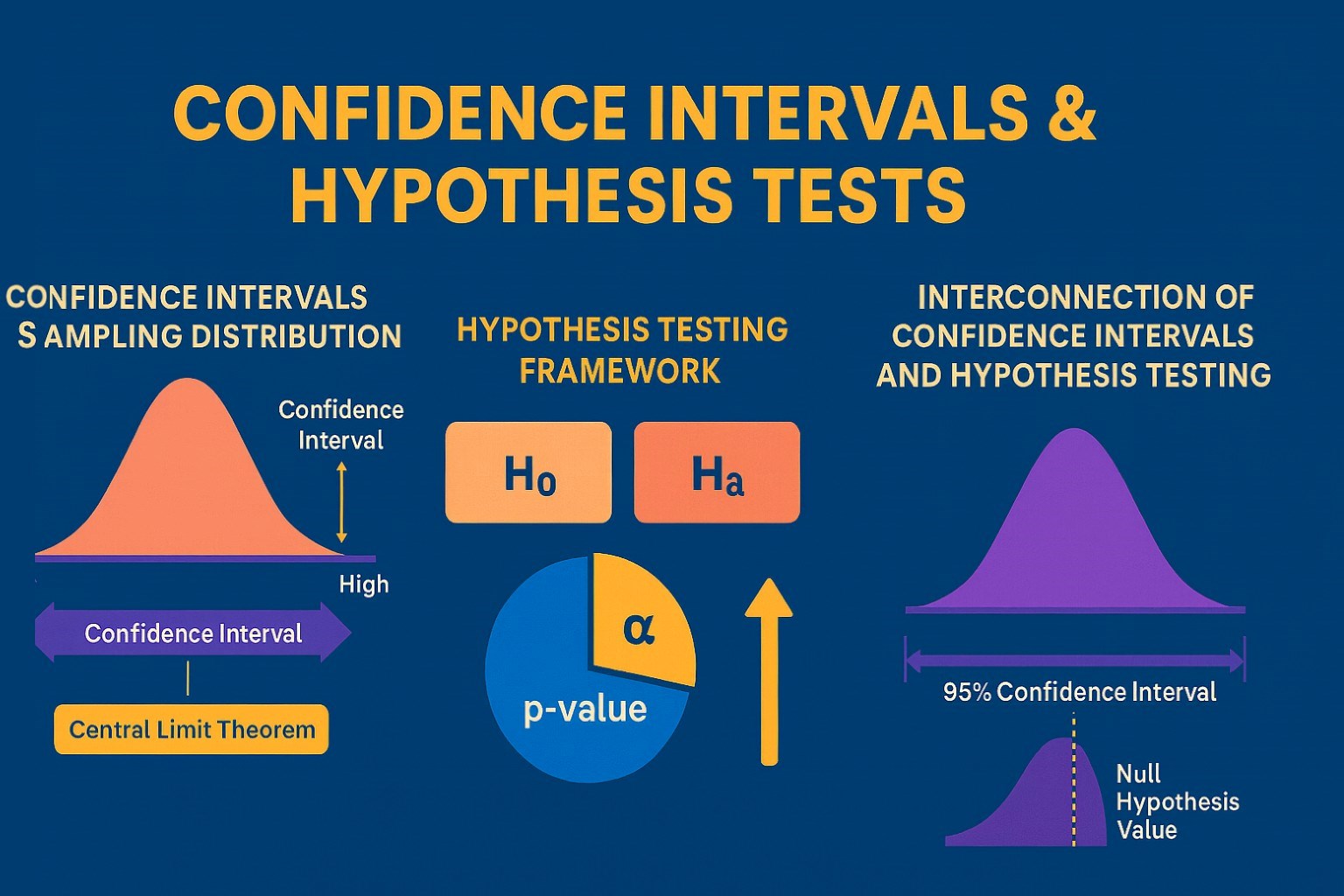
Confidence Intervals & Hypothesis Tests: The Data Science Path to Generalization
Learn how confidence intervals and hypothesis tests turn sample data into reliable population insights in data science. Understand CLT, p-values, and significance to generalize results, quantify uncertainty, and make evidence-based decisions.
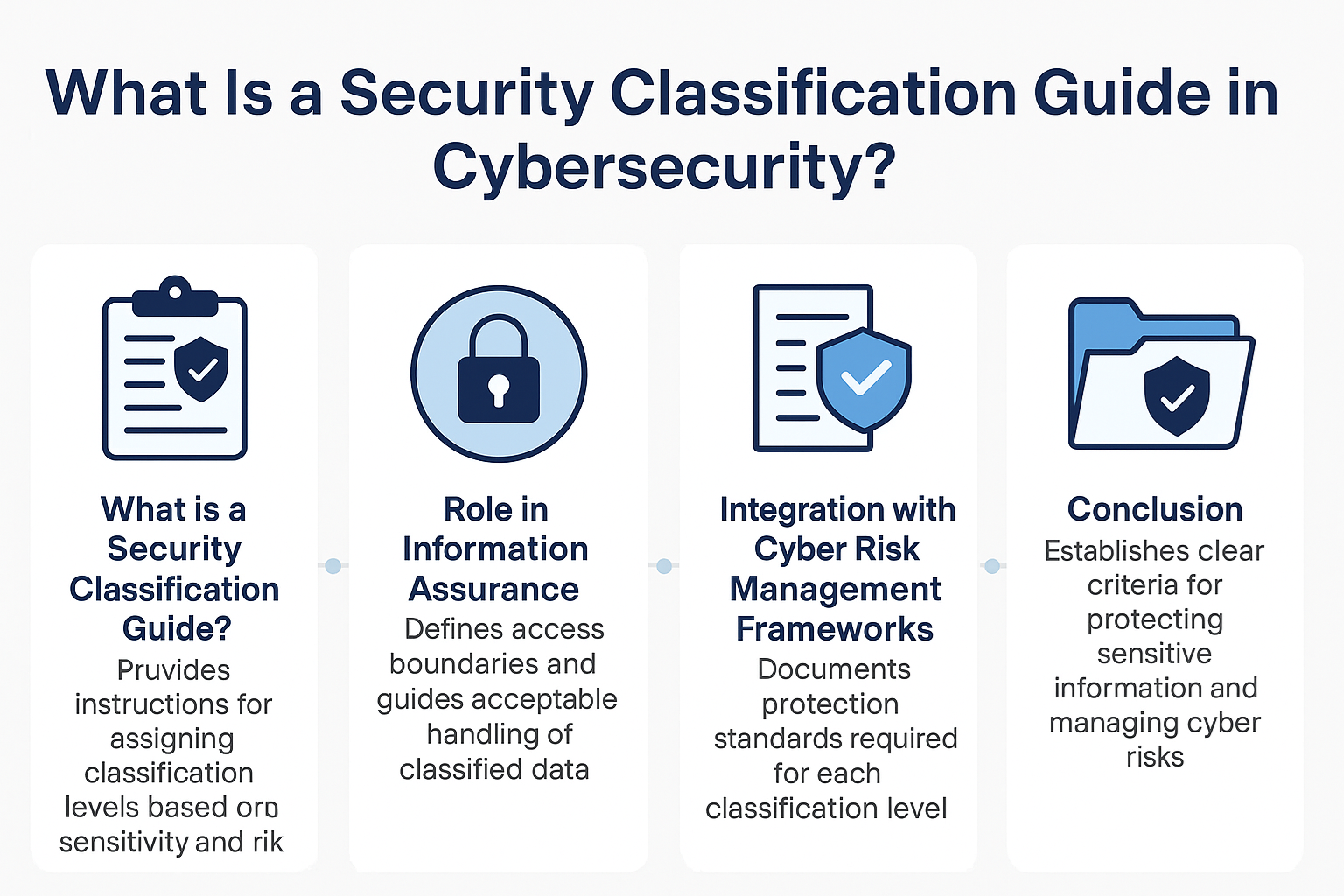
What Is a Security Classification Guide in Cybersecurity?
A Security Classification Guide (SCG) defines how to categorize information assets by sensitivity, with clear instructions from authorized officials to ensure consistent, compliant data handling.
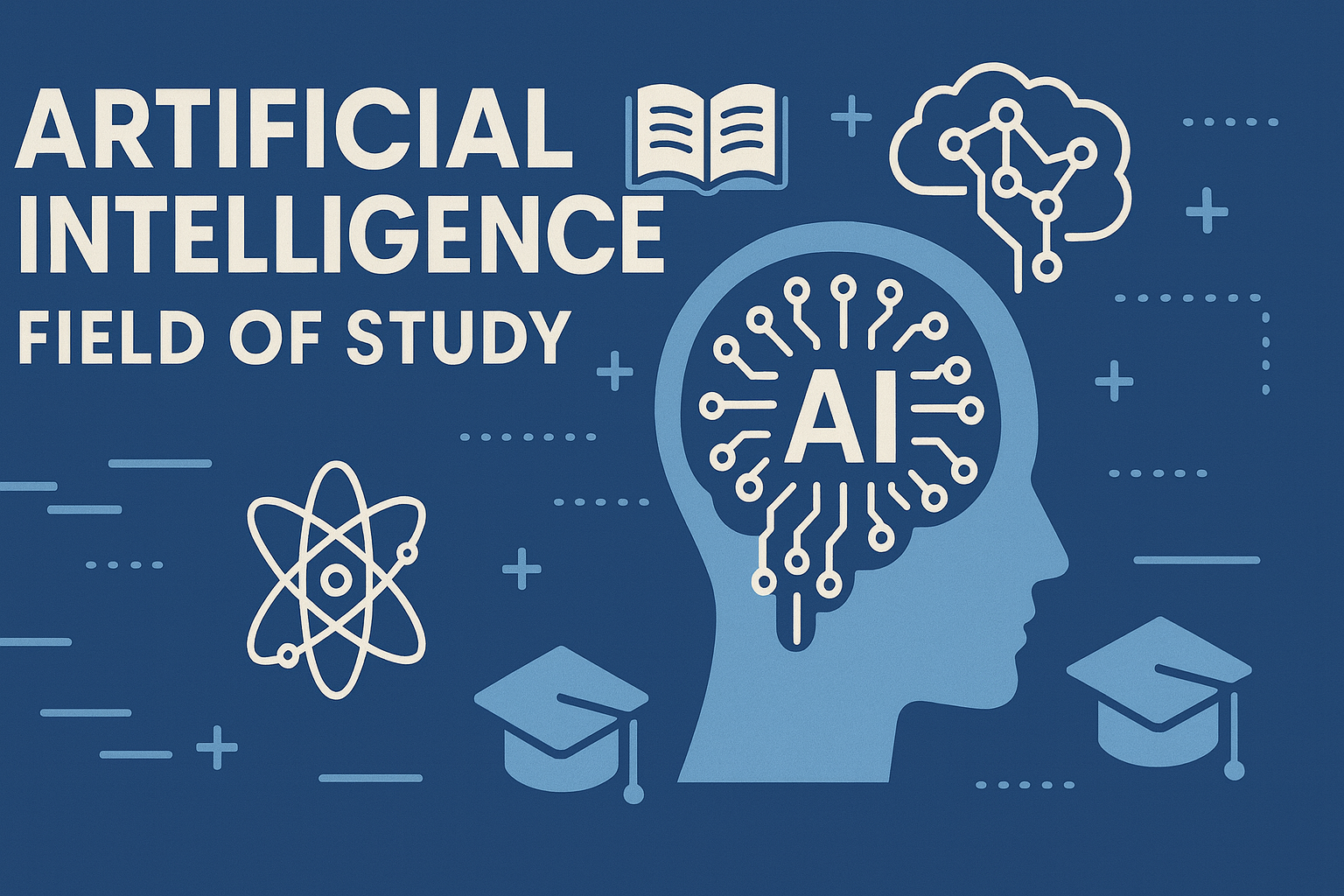
Artificial Intelligence – Field of Study
Explore how Artificial Intelligence blends Machine Learning, Deep Learning, NLP, and Computer Vision to build intelligent systems that learn, reason, and decide. Discover real world applications, ethics, and booming career scope as AI education deman
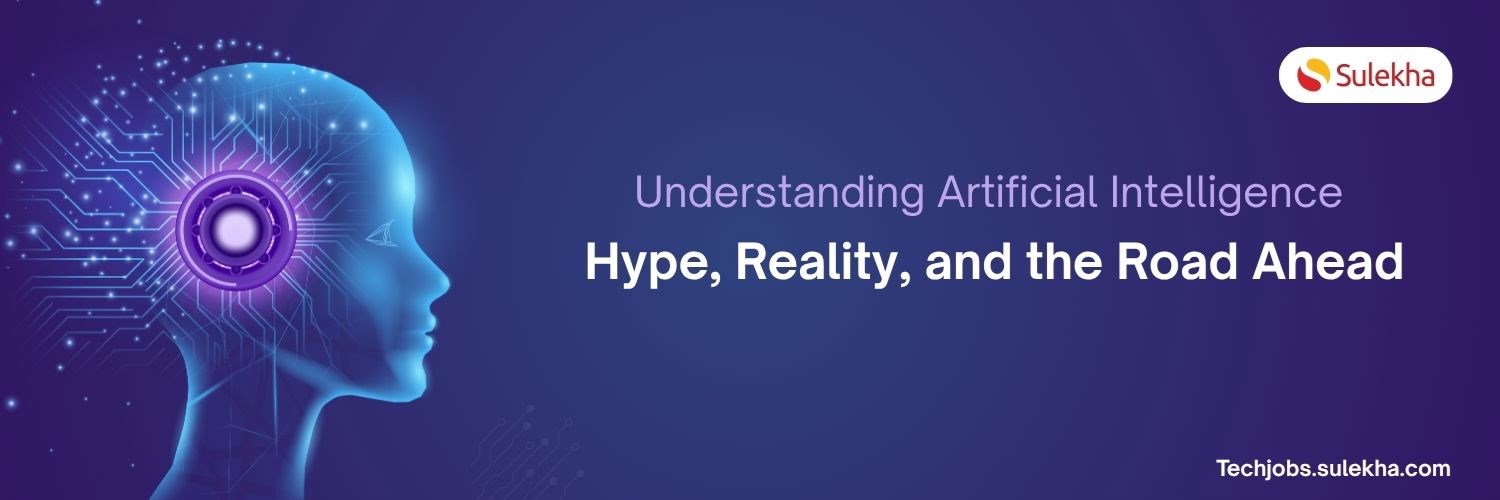
Understanding Artificial Intelligence: Hype, Reality, and the Road Ahead
Explore the reality of Artificial Intelligence (AI) — its impact, how it works, and its potential risks. Understand AI's benefits, challenges, and how to navigate its role in shaping industries and everyday life with expert training programs
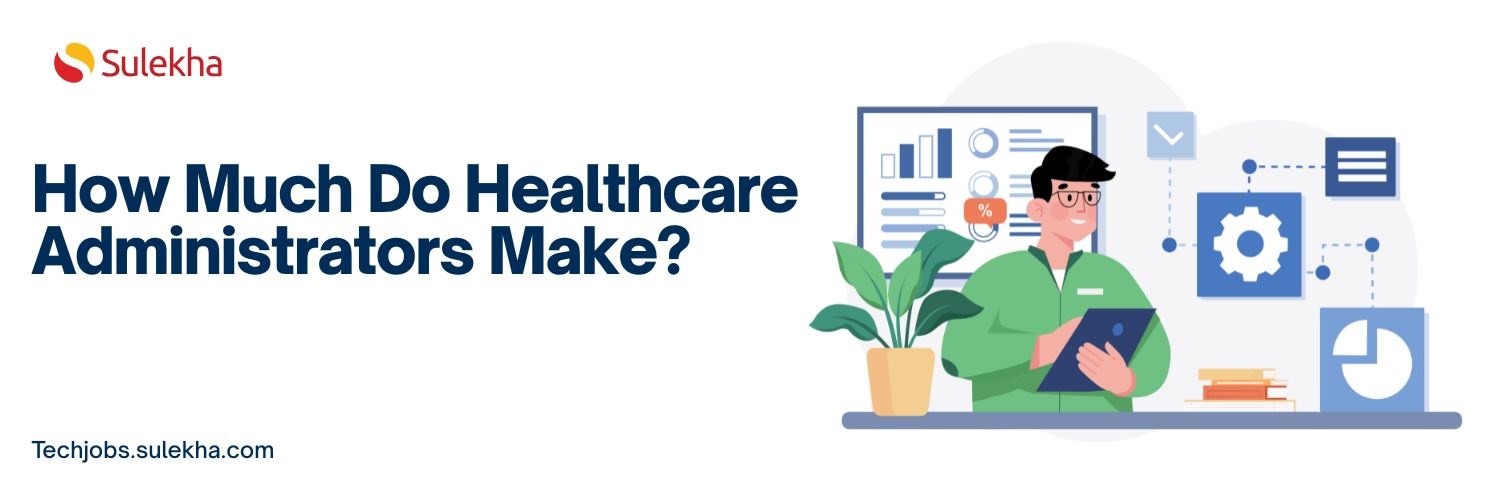
How Much Do Healthcare Administrators Make?
Discover how much healthcare administrators make, the importance of healthcare, career opportunities, and potential job roles. Learn about salary ranges, career growth, and training programs with Sulekha to kickstart your healthcare administration jo

How to Gain the High-Income Skills Employers Are Looking For?
Discover top high-income skills like software development, data analysis, AI, and project management that employers seek. Learn key skills and growth opportunities to boost your career.